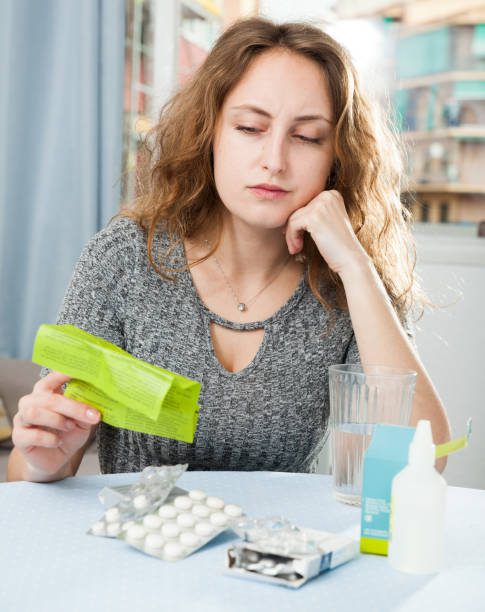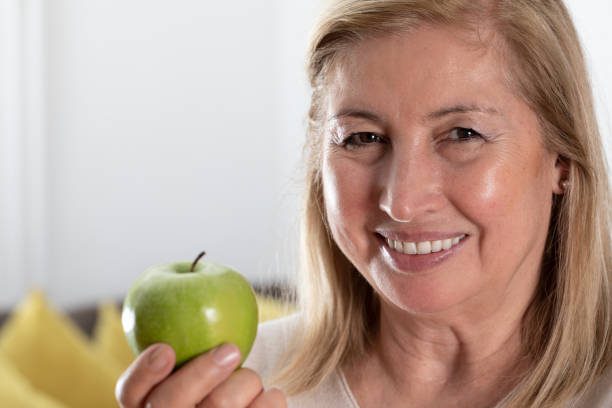Some foods and drinks are best avoided if you want to keep your pearly whites bright and sparkling. Why do some foods promote stains? What do they contain that cause stained teeth? How do these chemicals react with other compounds when we eat?
Top 3 Factors
Three factors are responsible for stain-promoting foods and beverages: chromogens, acid and tannins.
Chromogens. Some food and drinks (like red wine) are considered aggressive stainers because of chromogens. Chromogens are intensely-pigmented compounds that stick to the teeth enamel, causing a lot of trouble when they mix and react with other stain-causing and stain-promoting factors.
Tannins. Tannins may be natural or synthetic. Ordinary black tea is rich in tannins and is even more aggressive at staining teeth than coffee, which, by the way, has lots of chromogens. Tannins promote staining because they enhance the ability of chromogens to stick to the enamel. Less aggressive stainers are white, green and herbal teas. Red wine is particularly rich in both chromogens and tannins.
Acid. Acidic foods and drinks cause stains because acid erodes and softens the enamel, creating rough patches that stain easily. Acid makes sodas and sports drinks aggressive stainers. Alcoholic beverages are also highly acidic.
What to Do
You don’t have to eliminate stain-promoting food and drinks completely from your diet. Just practice moderation and maintain good oral hygiene. Experts recommend using a straw and gargling or swishing with water right after eating or drinking. Talk to your dentist to learn more about protecting your teeth from stains.
Preventive care and regular dental visits are keys to brighter teeth that last a lifetime. Scared of the dentist? Your Santa Cruz implant dentist offers sedation dentistry to manage dental fear and anxiety. Come in for a consultation or use our convenient online form to set an appointment with Dr. Matiasevich, Jr.




